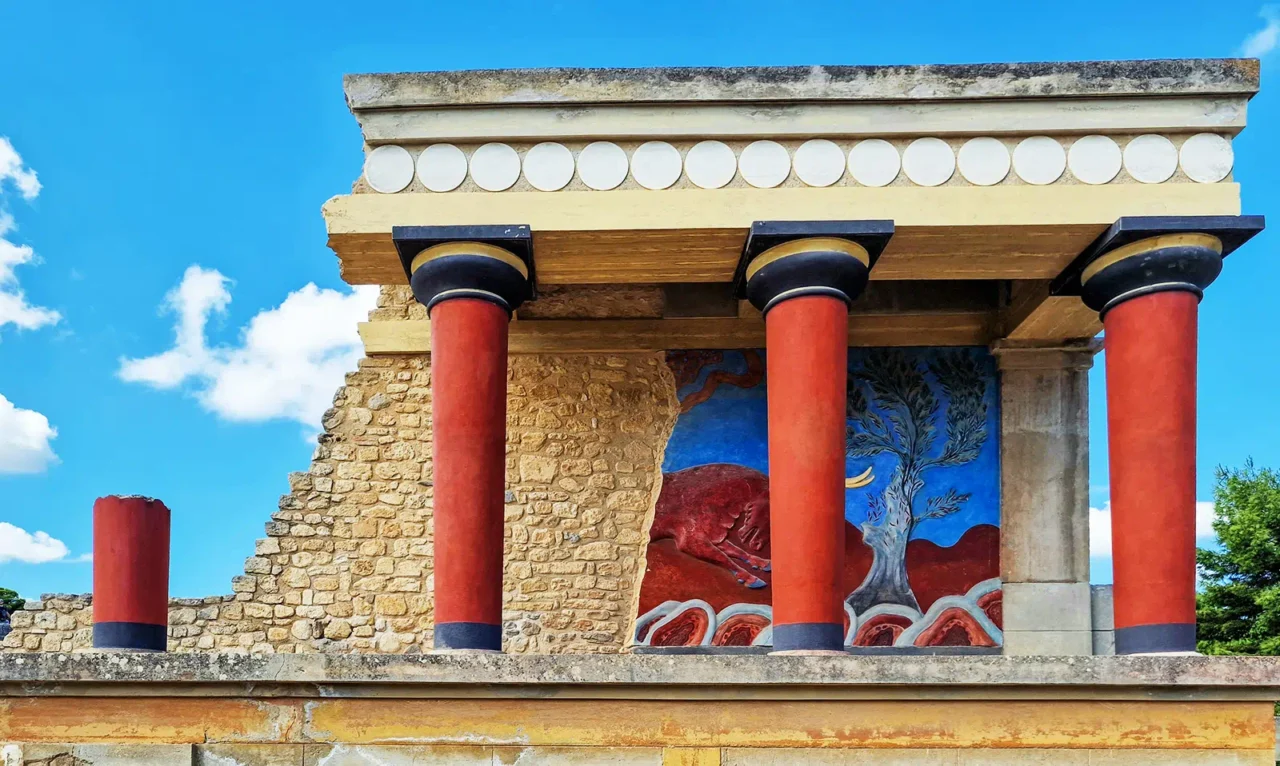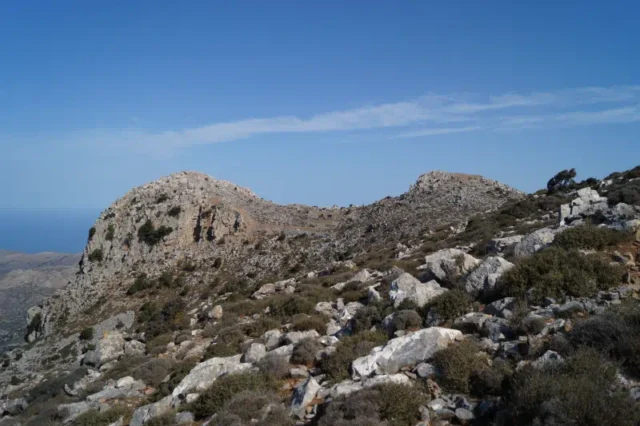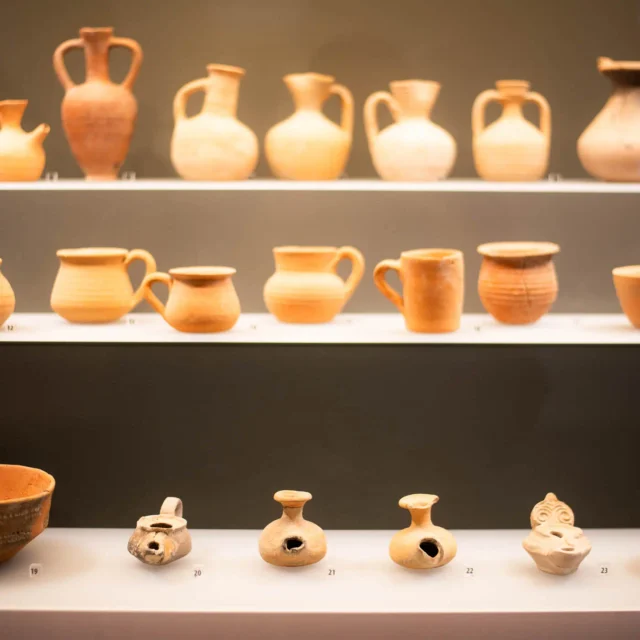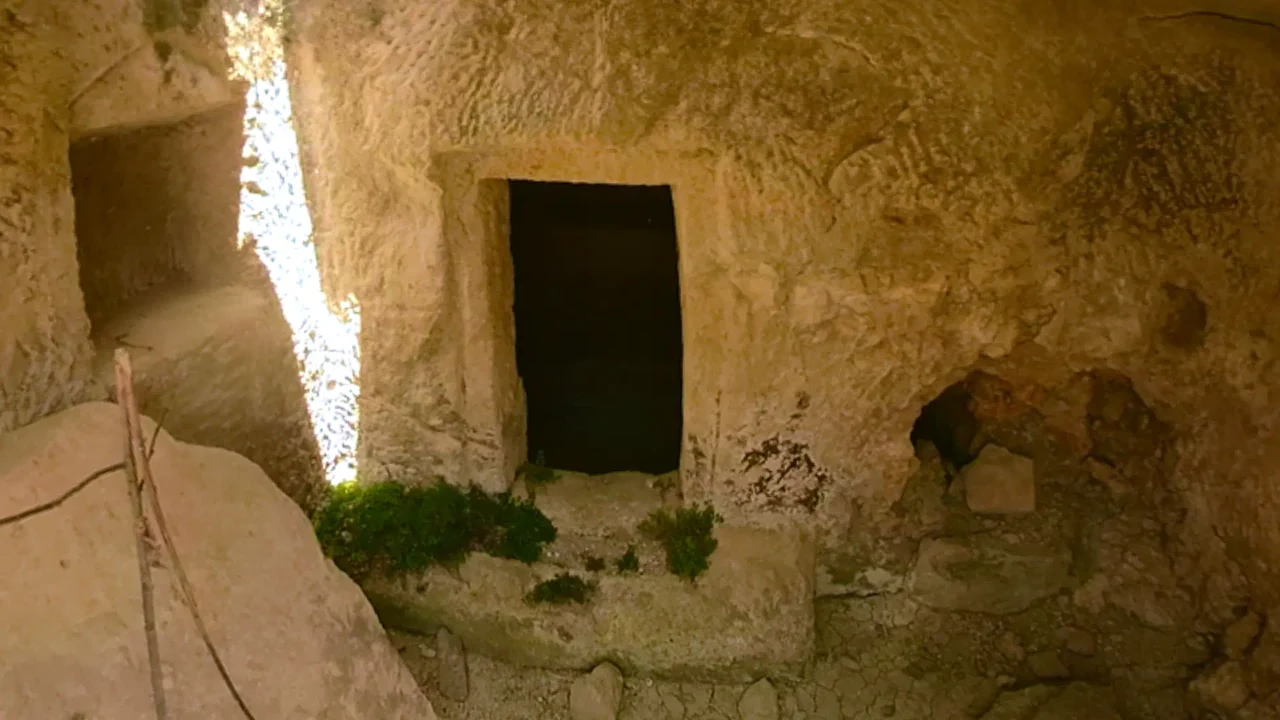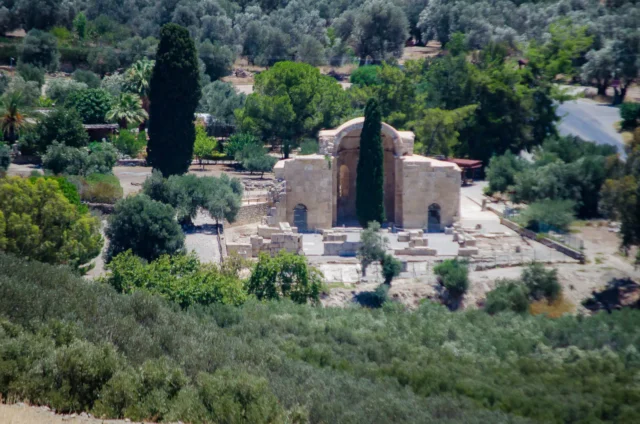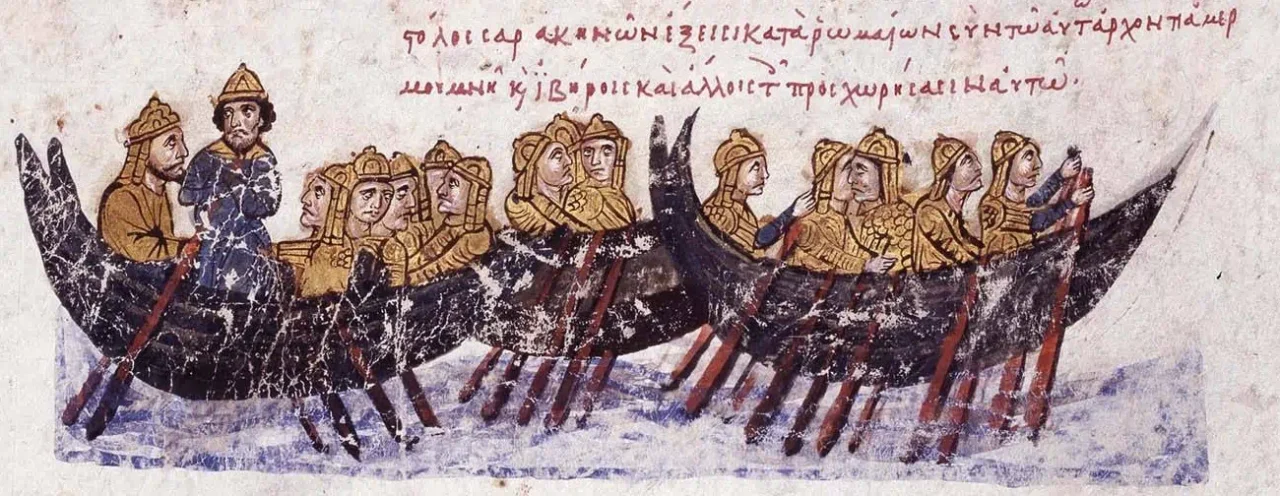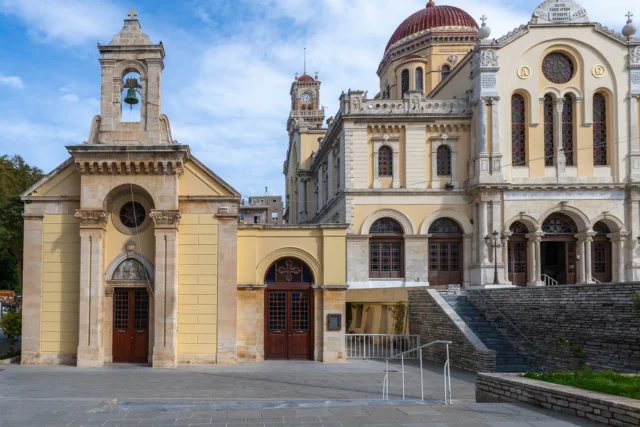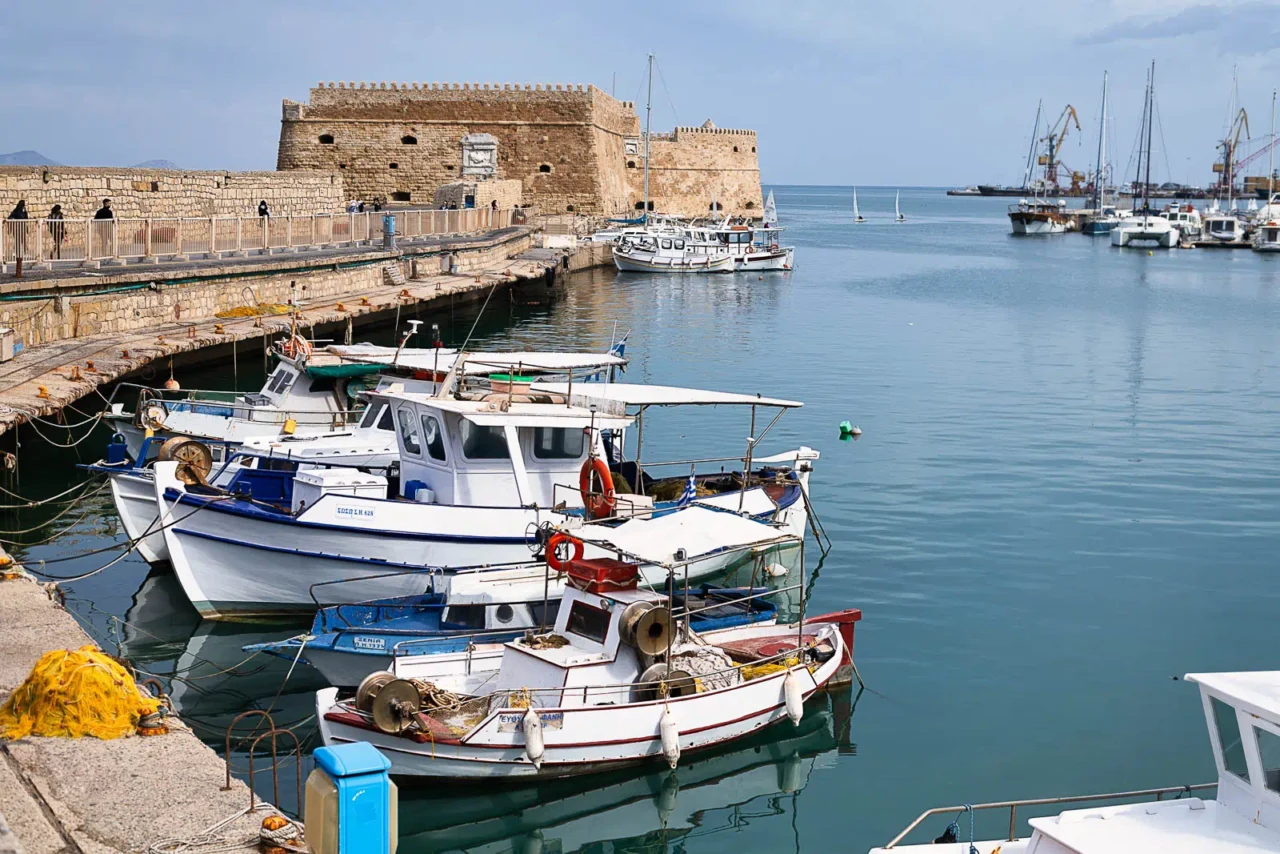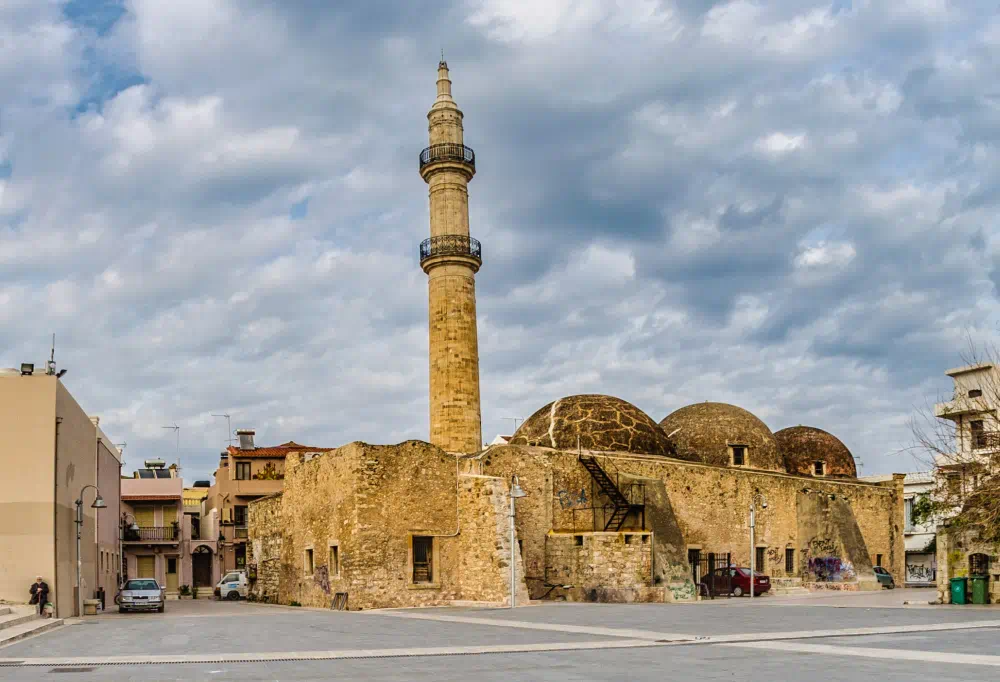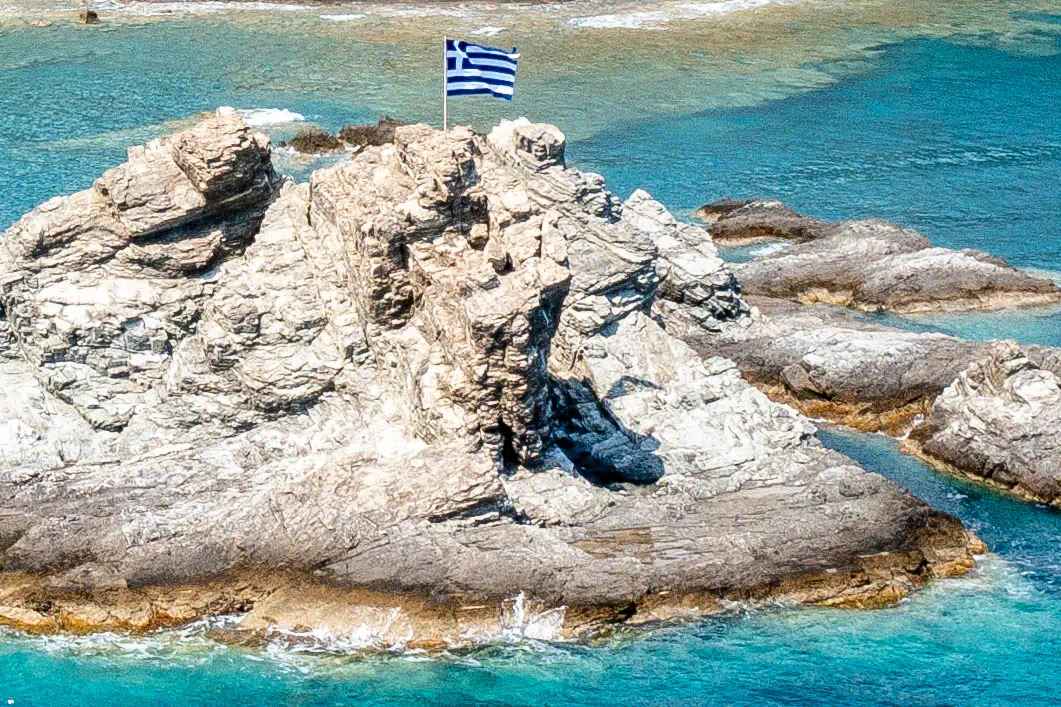Cretan History Crete’s history begins in the Paleolithic era, with evidence of stone tools dating back 130,000 years. The island was inhabited by various endemic species and eventually transitioned to a Neolithic farming culture around 7000 BCE, introducing domesticated animals and crops.
Cretan History
An Overview of Cretan History
This info page breaks down Crete’s history into different chapters, making it easier to understand. This format helps website users in several ways:
* It provides a clear timeline of events, showing how different cultures and civilizations influenced each other over time.
* It gives context to historical sites, allowing users to focus on specific periods or topics that interest them.
* It highlights major cultural shifts that occurred on Crete, such as the transition from the Minoans to the Dark Ages.
By organizing archaeological and historical sites into these chapters, the article empowers website users to explore Crete’s rich past in a more meaningful way. They can plan their visits based on specific interests and gain a deeper appreciation for the island’s legacy.
As an exemption, the Religion Points of Interest are categorized slightly differently. Both the Roman Period and the Arab Period, before the Byzantine Period is called the Early Christian Period.


